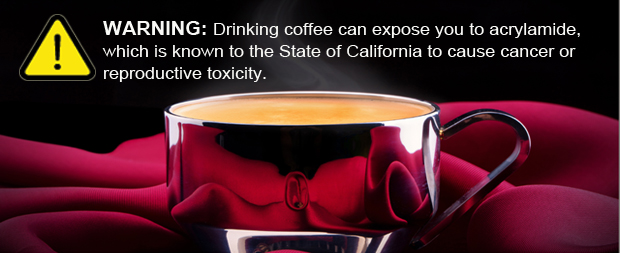Court’s Prop 65 Ruling a Great “Brewhaha” for Coffee Retailers
In 2010, a nonprofit group called The Council for Education and Research on Toxics (CERT) brought a lawsuit against 91 commercial coffee roasters, retailers and distributors.

CERT claimed the defendants failed to provide warnings regarding high levels of acrylamide, thus violating the Safe Drinking Water and Toxic Enforcement Act of 1986, more commonly known as California’s Proposition 65. The law requires companies with 10 or more employees warn consumers and others of any exposure to more than 900 confirmed or suspected carcinogens, including acrylamide, at the point of sale.
In late March, Los Angeles Superior Court Judge Elihu Berle tentatively decided in favor of CERT. The Court ruled that Starbucks and other companies failed to show there was no significant risk from acrylamide produced in the coffee roasting process and that cancer warning labels must be placed on their products in California.
That ruling has now been finalized. Barring a successful appeal, it appears that the law will force retailers either to post the Prop 65 warnings, or find ways to remove acrylamide from the coffee.
Prop 65: Signs of the Times
Businesses in California should take note: New compliance rules for Prop 65 take effect as of August 30, 2018. That leaves just a few months to ensure your signage or product packaging is complete and accurate. Generic warnings will no longer suffice.
Some of the new rules include the following requirements (for more details, see 27 California Code of Regulations [“CCR” §25603, Consumer Product Exposure Warnings – Content]:
- “WARNING” must appear in the sign in bold and with all capital letters.
- The sign must also generally include a yellow equilateral triangle outlined in black, with a black exclamation point in the center. This symbol must be at least as high as the word “WARNING.”
- Premises signage must contain the specific name of the toxic substance found in the product sold.
- Product labels do not need the chemical name, but must include requirements 1 and 2, above.
- If warning labels and signs are given in another language, businesses must also provide them in English.
Stephen T. Holzer is the Chair of our Environmental Practice Group.
